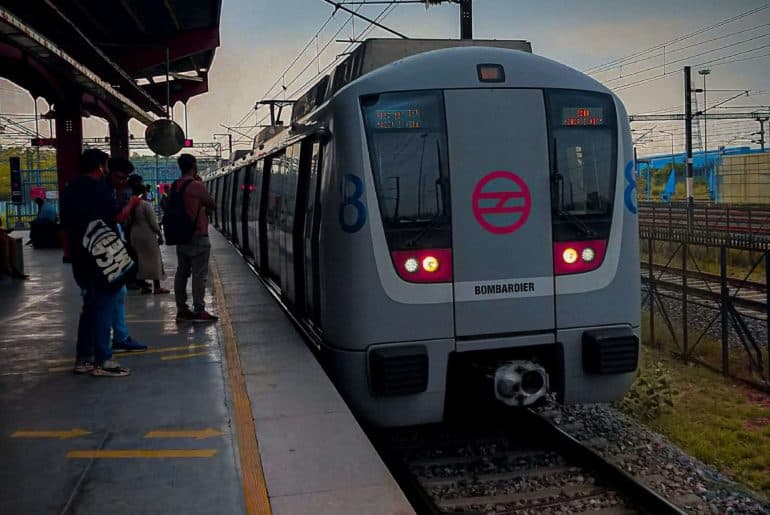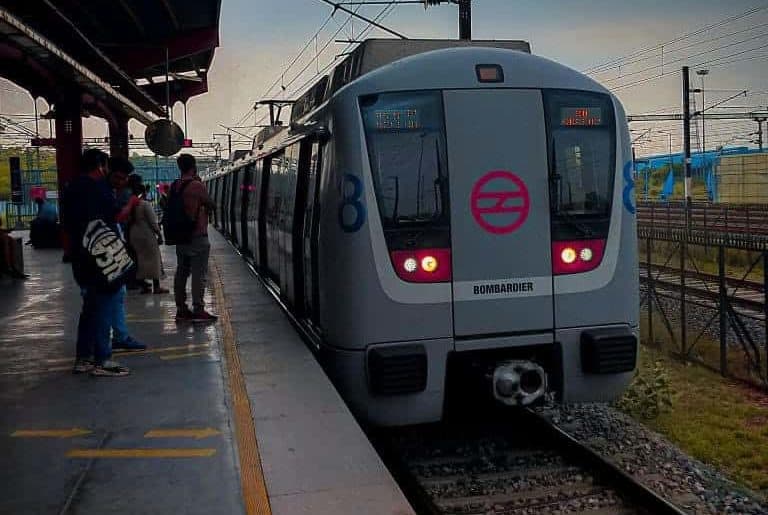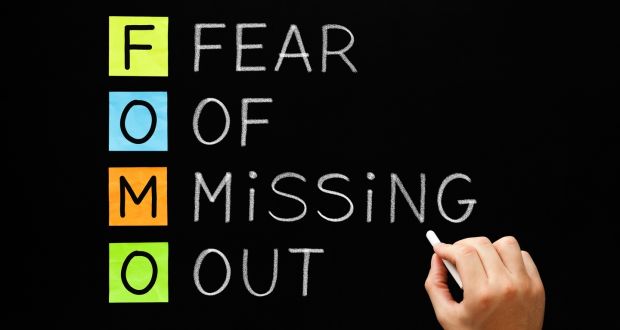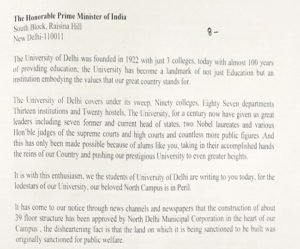The Delhi metro is arguably the most important element in a student’s life, especially when she needs to get to that 8 a.m. lecture. Read further for a guide to a more satisfying metro experience.
The metro is the most frequently used mode of transport for most of us students at the Delhi University, and for so many others. So much so that many of us spend long hours everyday on the metro itself. If this ride plays such a prominent role in our lives, it might as well be a rather satisfying experience, if not entirely pleasurable. To ensure this, we must understand and respect the personal space of those travelling with us.
- Let’s begin with a very basic, yet overlooked issue- do not request people to make room on the bench when there clearly isn’t any.
Everyone on the metro is already crammed up. There is no point fitting six people on a five-seater bench when no one is comfortable. Which brings me to my next point. If you can, please stand. Stop eyeing younger passengers into giving you their seats. They probably had a worse day than you. Be a little more compassionate towards us, please.
Note: For those of you standing and holding on to the handles for support, maybe try wearing a deodorant? I don’t blame you for having sweaty armpits; we live in Delhi, I’d be surprised if you didn’t. But now that you’re shoving it in so many faces, might as well be a little more considerate of the others around you. After the long, tiring days everyone goes through, sniffing at smelly armpits is really the last thing they need.
- Moving on, try to avoid too much PDA.
I mean, call me orthodox but watching a couple snuggling up in a corner while having your own nose deep in your course book can be highly irksome (?). Sure you’re generating enough heat to warm up the entire metro in this winter season, but kindly spare all the single people out there. They don’t need this kind of negativity in their lives.
- Please do not throw up in the metro.
Again, I understand, it’s a genuine problem. But you cannot ruin the already-melancholic mood of the metro, and then conveniently exit at the next stop. You don’t just throw up. If you feel icky, you get off at the next station and get yourself some medicines. But you don’t wait for it to get worse. It’s about your health only, you see?
Now there are other issues to be kept in mind.
- Listen to Rini Khanna and Shami Narang when they ask you not to eat in the metro or play music.
Trust me, ketchup smells disgusting. We know you want to enjoy your burger to the fullest, but nobody wants to smell that ketchup. No offence, but you don’t even have the best taste in music. Man created earphones for a reason. Now is the right time to flaunt your airpods.
There is so much you can do to while away your time in the metro while not encroaching upon anyone’s personal space (unless the metro is jam-packed, in which case you can only pray). So let’s try to make our journeys more peaceful and satisfying for all of us.
Feature Image Credits: Hitesh Kalra for DU Beat
Aditi Gutgutia










